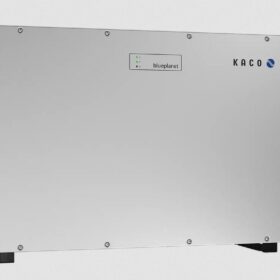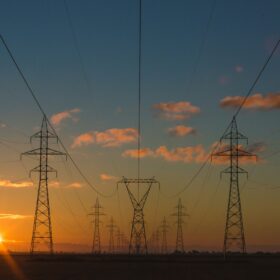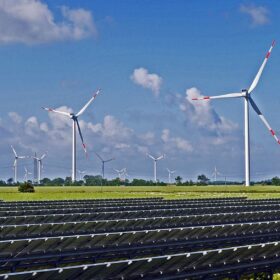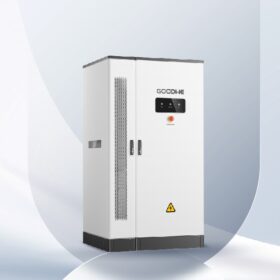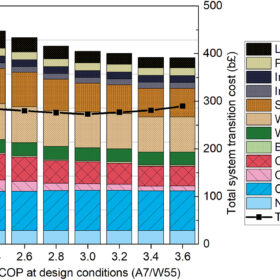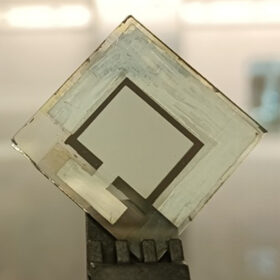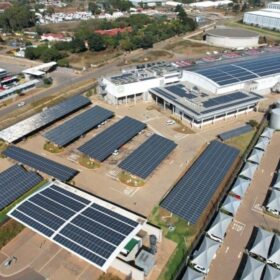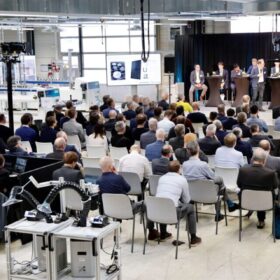Kaco presents new silicon carbide inverters for C&I solar
Kaco New Energy’s new silicon carbide inverters feature an efficiency rating of 99.1% and a European efficiency of 98.7%.
Swedish virtual power plant software developer secures funding
Swedish virtual power plant software platform developer Fever Energy is expanding into Europe enabled by a $10.81 million round of venture capital.
EDP Renewables commissions Portugal’s second solar-wind hybrid project
The renewables unit of Portuguese energy supplier EDP has commissioned Portugal’s second solar-wind hybrid project. It has installed 36 thousand bifacial panels alongside 13 wind turbines to produce 79 GWh of renewable energy per year.
GoodWe releases 60 kWh battery for commercial, industrial PV systems
GoodWe has developed a 60 kWh battery for commercial and industrial PV systems, featuring a compartment for its ET15-30kW inverter series.
GameChange Solar to expand US production of PV trackers to 35 GW
GameChange Solar says it will expand US production of solar trackers to 35 GW, supplying systems with 70% domestic content, and potentially increasing to more than 85%.
UK researchers identify optimal heat pump design minimizing system transition costs
Researchers led by the Imperial College London have analyzed the effects different kinds of air-to-water heat pumps will have on the UK energy system, based on their coefficient of performance and price. They also identified a point of diminishing returns, after which it is more cost-effective to invest in centralized energy generation and storage.
Inverted perovskite solar cell with antimony-doped tin oxides achieves 25.7% efficiency
Researchers in Singapore have built an inverted perovskite PV device with a p-type antimony-doped tin oxides (ATOx) interlayer that reportedly reduces the efficiency disparity between small and large-area perovskite cells. According to their findings, ATOx may easily replace commonly used nickel oxides (NiOx) as a hole transport material.
South African data-center specialist to build 120 MW solar plant
Teraco, an operator of data centers, has secured its first grid-capacity allocation from South African state-owned utility Eskom. It will soon start building a 120 MW utility-scale PV plant in South Africa’s Free State province to power its facilities.
Fraunhofer ISE opens module lab in old Solar Fabrik factory
The Fraunhofer Institute for Solar Energy Systems (Fraunhofer ISE) has opened a PV module production lab for new product ideas in a former Solar Fabrik factory in Germany. It is equipped with systems for cell interconnection, laminators, and a range of materials and solar cell technologies.
Argentina hits 1.36 GW of PV capacity
New figures from Cammesa, the state-owned company that manages Argentina’s wholesale electricity market, show that solar accounted for 3.1% of total national generating capacity at the end of December 2023.
